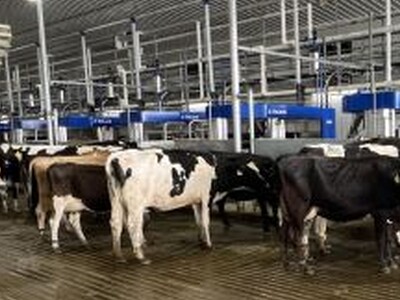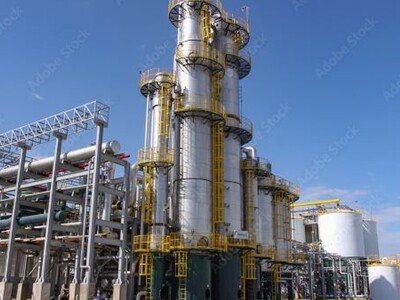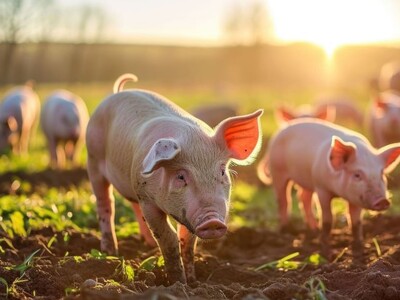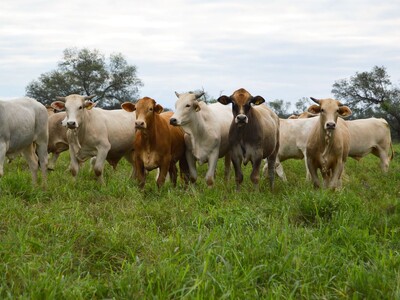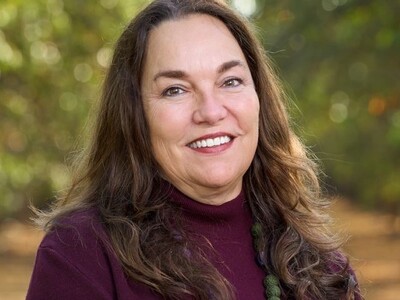Dairy Profitability
Colorado State University Animal Scientist, Dr. Mark Enns: “Cow longevity for a commercial cow-calf producers is probably one of the biggest factors influencing their profitability. Because we want that cow to become pregnant and raise a calf every year for a long, long period of time.”
But the people at Zoetis animal health say…when it comes to herd replacements and profitability, it can be hard to balance the equation and come out on top. In current markets, the expense of purchasing new animals exceeds the value of a cull cow. Additionally, first-lactation animals produce 15% less milk than second-lactation cows and 25% less milk than third-lactation cows.1 Each time you replace mature cows with first-lactation cows, you face lower production potential and, mostly likely, a corresponding decrease in your dairy’s overall profitability.
The costs and production losses associated with high herd turnover can have a profound effect on your dairy’s financial success. In fact, Zoetis and Compeer Financial identified net herd turnover cost as a key driver of net farm income in an analysis of 11 years of herd data from 489 year-end financial and production-record summaries. According to the study, when isolated for net herd turnover cost, the difference in profit between top and bottom herds was $376 per cow per year, and 7 pounds of milk per cow per day.1
What does this mean for you and your dairy? Minimizing your net herd turnover cost is key to increasing your financial success. If you maintain a high proportion of mature cows within your herd, you can ultimately see higher production and profitability on your farm. To do this, you must manage the health of your cows to reduce herd turnover. Follow these three tips to prevent unnecessary herd turnover and help maximize profitability:





